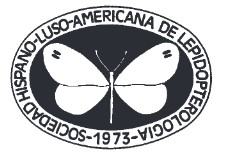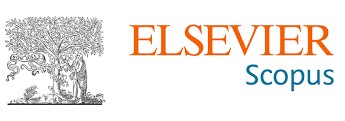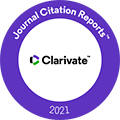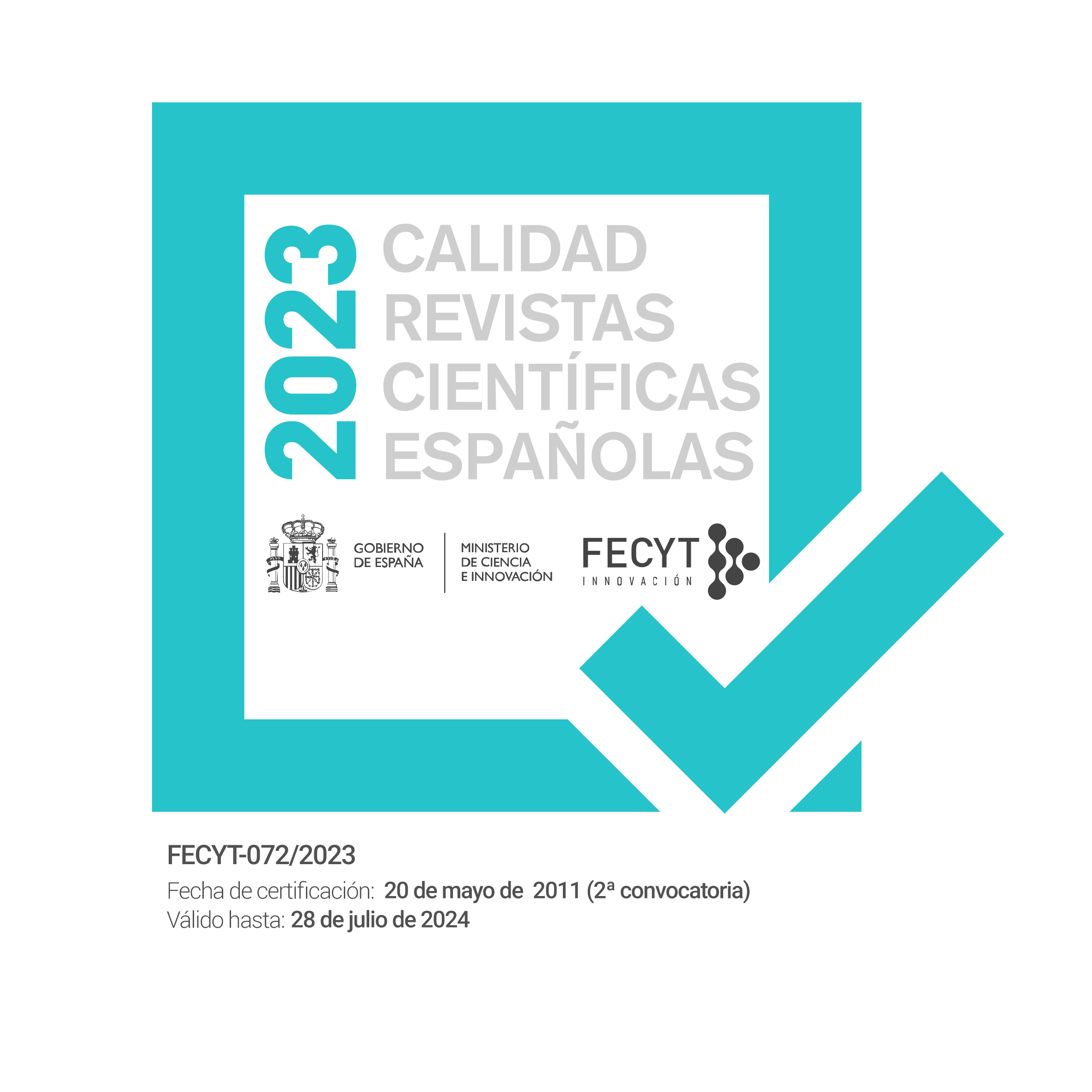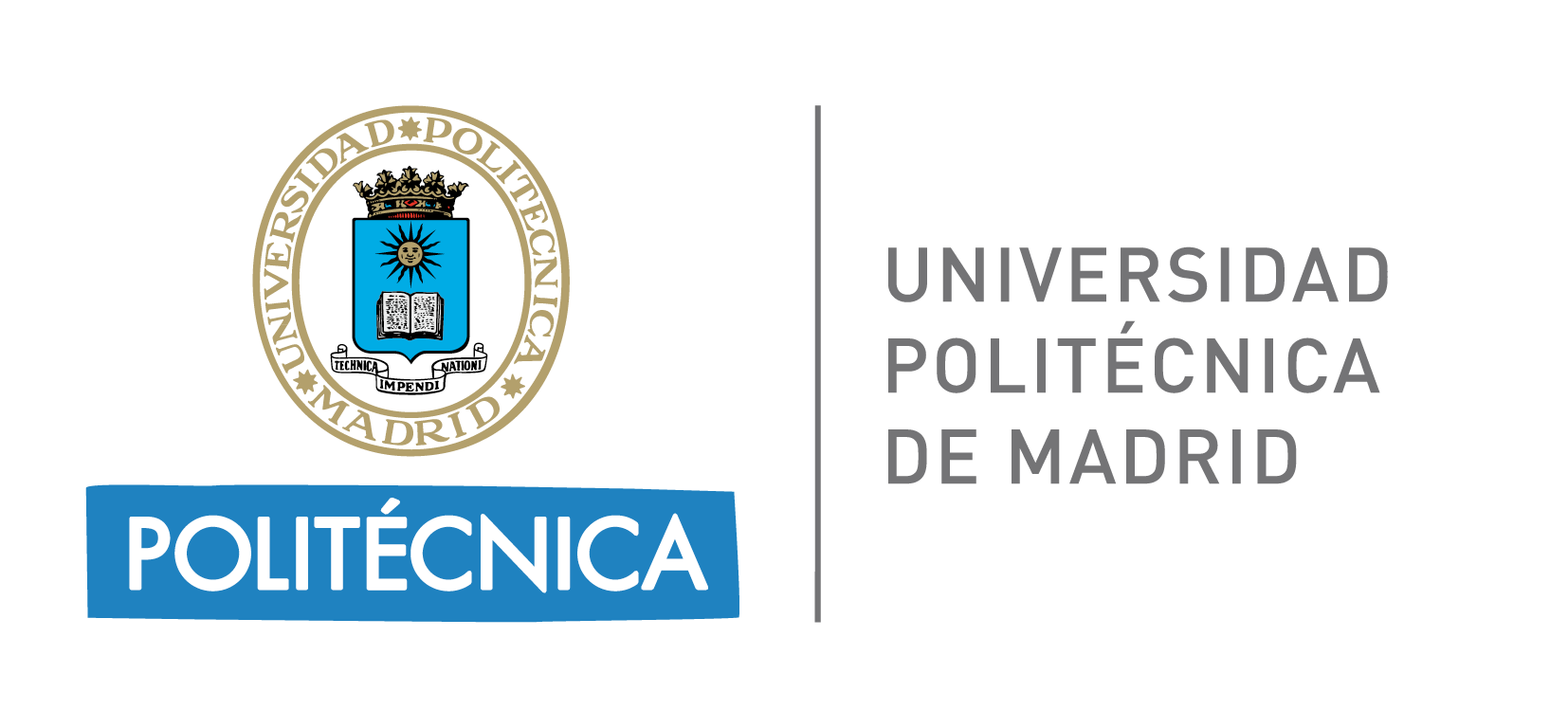Caterpillars and host plants of Lepidoptera from dry tropical forest fragments in Sucre, Colombia (Insecta: Lepidoptera)
DOI:
https://doi.org/10.57065/shilap.728Keywords:
Insecta, Lepidoptera, phytophagous, species diversity, pampel solution, inflation technique, ColombiaAbstract
We analyzed the diversity of caterpillars (Lepidoptera) associated with plants of three dry tropical forest fragments in three localities of Sucre, North of Colombia. Two linear transects of 500 meters were installed per locality, one at the edge and the other inside the fragment. The caterpillars were collected by shaking and vegetation review. 608 larvae belonging to 14 families and 47 species of Lepidoptera, and 27 families of angiosperms were collected. Families best represented were; Saturniidae with 7 species (52 individuals), followed by Nymphalidae with 6 species (12 individuals) and Erebidae with 5 species (358 individuals). Less abundant families were Lycaenidae (12 individuals) and Pyralidae (2 individuals), with 1 species each. At the edge of the forest the largest number of species and individuals were collected (34 species and 373 larvae). The plants with the highest number of associated larvae were Moraceae and Bignoniaceae. The diversity profiles showed no difference among the sampled areas, which can be attributed to the physical proximity of the fragments.Downloads
Global Statistics ℹ️
|
355
Views
|
329
Downloads
|
|
684
Total
|
|
References
ANDRADE-C., M. G., HENAO-BAÑOL, E. R. & TRIVIÑO, P., 2013.– Técnicas y procesamiento para la recolección, preservación y montaje de mariposas en estudios de biodiversidad y conservación (Lepidoptera: Hesperioidea-Papilionoidea).– Revista de la Academia Colombiana de Ciencias, 37(144): 311-325. DOI: https://doi.org/10.18257/raccefyn.12
BRABY, M. F. & TRUEMAN, J. W. H., 2006.– Evolution of larval host plant associations and adaptive radiation in pierid butterflies.– Journal of Evolutionary Biology, 19(5): 1677-1690. DOI: https://doi.org/10.1111/j.1420-9101.2006.01109.x
BOOM, C., SEÑA, L., VARGAS, M. A. & MARTÍNEZ, N., 2013.– Mariposas Hesperioidea y Papilionoidea (Insecta: Lepidoptera) en un fragmento de bosque seco tropical, Atlántico, Colombia.– Boletín Cientifico del Museo de Historia Natural, 17(1): 149-167.
CAPINERA, J. L., 2001.– Order Lepidoptera-Caterpillars, Moths and Butterflies. Pp: 353-510.– In J. L. CAPINERA. Handbook of Vegetable Pests: 800 pp. Academic Press. San Diego, California. DOI: https://doi.org/10.1016/B978-012158861-8/50011-9
COTO, D., 1997.– Lepidoptera en cultivos anuales y perennes.– Manual de reconocimiento. Centro Agronómico Tropical de Investigación y Enseñanza: 84 pp. CATIE, serie técnica. Turrialba, Costa Rica.
CHAO, C. & JOST, L., 2012.– Coverage-based rarefaction and extrapolation: standardizing samples by completeness rather than size.– Ecology, 9: 2533-2547. DOI: https://doi.org/10.1890/11-1952.1
CHACÓN, I. A. & MONTERO, J. J., 2007.– Mariposas de Costa Rica / Butterflies and moths of Costa Rica: 624 pp. Editorial Instituto Nacional de Biodiversidad, INBio. Santo Domingo, Heredia.
DYER, L. A., SINGER, M. S., LILL, J. T., STIREMAN, J. O., GENTRY, G. L., MARQUIS, R. L., RICKLEFS, R. E., GREENEY, H. F., WAGNER, D. L., MORAIS, H. C., DINIZ, I. R., KURSAR, T. A. & COLEY, P. D., 2007.– Host specificity of Lepidoptera in tropical and temperate forests.– Nature, 448(9): 696-700. DOI: https://doi.org/10.1038/nature05884
GALVÁN-GUEVARA, S., BALLUT-DAJUD, G. & DE LA OSSA-V., J., 2015.– Determinación de la fragmentación del bosque seco del arroyo Pechelín, Montes de María, Caribe, Colombia.– Biota Colombiana, 16(2): 149-157.
GARCÍA, C., CONSTANTINO, L., DOLORES, M. & KATTAN, G., 2002.– Guía de campo: Mariposas Comunes de la Cordillera Central de Colombia: 105 pp. Wild Life Conservation Society Colombia, Bogotá D. C.
GARCÍA-M., S., BASILIO-B., H., HERAZO-V., F., MERCADO-G., J. & MORALES-P., M., 2016.– Diversidad de briófitos en los Montes de María, Colosó (Sucre, Colombia).– Colombia Forestal, 19(1): 41-52. DOI: https://doi.org/10.14483/udistrital.jour.colomb.for.2016.1.a03
INSTITUTO ALEXANDER VON HUMBOLDT, IAVH., 1998.– El bosque seco tropical (Bs-t) en Colombia. Programa del Inventario de la Biodiversidad: 24 pp. Grupo de Exploraciones y Monitoreo Ambiental GEMA. Bogota D.C.
JOST, L., 2007.– Partitioning diversity into independent alpha and beta components.– Ecology, 88: 2427-2439. DOI: https://doi.org/10.1890/06-1736.1
MÁRQUEZ-LUNA, J., 2005.– Técnicas de colecta y preservación de insectos. Centro de Investigaciones Biológicas. Universidad Autónoma del Estado de Hidalgo-México.– Boletín Sociedad Entomológica Aragonesa, 37: 385-408.
MITTER, C., DAVIS, D. R. & CUMMINGS, M. P., 2017.– Phylogeny and Evolution of Lepidoptera.– Annual Reviwe of Entomology, 62: 265-283. DOI: https://doi.org/10.1146/annurev-ento-031616-035125
MONTERO, F., MORENO, M. & GUTIÉRREZ, L. C., 2009.– Mariposas (Lepidoptera: Hesperioidea y Papilionoidea) asociadas a fragmentos de bosque seco en el departamento del Atlántico, Colombia.– Boletín Científico del Centro de Museos. Museo de Historia Natural, 13(2): 157-173.
MURILLO-RAMOS, L., AYAZO, R. & MEDINA, C., 2016.– Diversidad de escarabajos coprófagos (Coleoptera: Scarabaeinae) en un remanente ribereño y un fragmento de bosque húmedo tropical en Córdoba. Colombia.– Ecología Austral, 26: 17-26. DOI: https://doi.org/10.25260/EA.16.26.1.0.200
MUÑOZ, A. & AMARILLO-SUÁREZ, A., 2010.– Variación altitudinal en diversidad de Arctiidae y Saturniidae (Lepidoptera) en bosque de niebla Colombia.– Revista Colombiana de Entomología, 36(2): 292-299. DOI: https://doi.org/10.25100/socolen.v36i2.9161
PAREDES, J., PERALTA, E. & CHONG, P., 2010.– Brote de Eacles imperialis (Lepidoptera: Saturniidae) en cultivos de cacao y frutales en Milagro-Ecuador.– Revista Tecnológica ESPOL, 23(1): 13-19.
PIERCE, N. E., 1995.– Predatory and Parasitic Lepidoptera: Carnivores Living on Plants. Massachusetts- USA.– Journal of the Lepidopterists Society, 49(4): 412-453.
R CORE TEAM, 2014.– R: A language and environment for statistical computing. R Foundation for Statistical Computing. Available from http://www.R-project.org.
SCUDDER, S. H., 1874.– The Preservation of Caterpillars by Inflation.– The American Society of Naturalist, 8(6): 321-326. DOI: https://doi.org/10.1086/271328
SPECHT, A., FORMENTINI, A. & CORSEUIL, E., 2006.– Biología de Automeris illustris (Walker) (Lepidoptera, Saturniidae, Hemileucinae).– Revista Brasileira de Zoologia, 23(2): 537-546. DOI: https://doi.org/10.1590/S0101-81752006000200029
TIPLE, A. D., KHURAD, A. M. & DENNIS, R. L., 2011.– Butterfly larval host plant use in a tropical urban context: Life history associations, herbivory, and landscape factors.– Journal of Insect Science, 11: 65. doi: 10.1673/031.011.6501. DOI: https://doi.org/10.1673/031.011.6501
TÓTHMÉRÉSZ, B., 1995.– Comparison of different methods for diversity ordering.– Journal Vegetal Science, 6: 283-290. DOI: https://doi.org/10.2307/3236223
URRETABIZKAYA, N., VASICEK, A. & SAINI, E., 2010.– Insectos perjudiciales de importancia agronómica: I. Lepidópteros: 77 pp. Instituto Nacional de Tecnología Agropecuaria, INTA. Buenos Aires.
VARGAS-ZAPATA, M., MARTÍNEZ-HERNÁNDEZ, N., GUTIÉRREZ-MORENO, L., PRINCE-CHACÓN, S., HERRERA-COLÓN, V. & TORRES-PERIÑÁN, L., 2011.– Riqueza y abundancia de Hesperioidea y Papilionoidea (Lepidoptera) en la reserva natural Jardín de las Delicias, Santa Marta, Magdalena, Colombia.– Acta Biológica Colombiana, 16(1): 43-60.
WHITTAKER, R. H., 1965.– Dominance and diversity in land plant communities.– Science, 147: 250-260 DOI: https://doi.org/10.1126/science.147.3655.250
Downloads
Published
How to Cite
Issue
Section
License
Copyright (c) 2019 J. Ricardo Molina, L. Murillo-Ramos, P. Álvarez-Pérez

This work is licensed under a Creative Commons Attribution 4.0 International License.
The author SS retains his trademark and patent rights to any process or procedure within the article.
The author retains the right to share, distribute, perform and publicly communicate the article published in SHILAP Revista de lepidopterología, with initial acknowledgement of its publication in SHILAP Revista de lepidopterología.
The author retains the right to make a subsequent publication of his work, from using the article to publishing it in a book, provided that he indicates its initial publication in SHILAP Revista de lepidopterología.
Each submission to SHILAP Revista de lepidopterología must be accompanied by an acceptance of copyright and acknowledgement of authorship. By accepting them, authors retain copyright of their work and agree that the article, if accepted for publication by SHILAP Revista de lepidopterología, will be licensed for use and distribution under a "Creative Commons Attribution 4.0 International" (CC BY 4.0) licence that allows third parties to share and adapt the content for any purpose giving appropriate credit to the original work.
You may read here the basic information and the legal text of the license. The indication of the CC BY 4.0 License must be expressly stated in this way when necessary.
As of 2022, the content of the print and digital version is licensed under a "Creative Commons Attribution 4.0 International License" (CC BY 4.0), licence that allows third parties to share and adapt the content for any purpose giving appropriate credit to the original work.
Previous content in the journal was published under a traditional copyright licence; however, the archive is available for free access.
When using the contents of SHILAP Revista de lepidopterología published before 2022, including figures, tables or any other material in printed or electronic format belong to the authors of the articles, the authors must obtain the permission of the copyright holder. Legal, financial and criminal liabilities in this respect belong to the author(s).
In application of the Principle of Priority of the International Code of Zoological Nomenclature, no other version than the one published by the publisher may be deposited in repositories, personal websites or similar.





